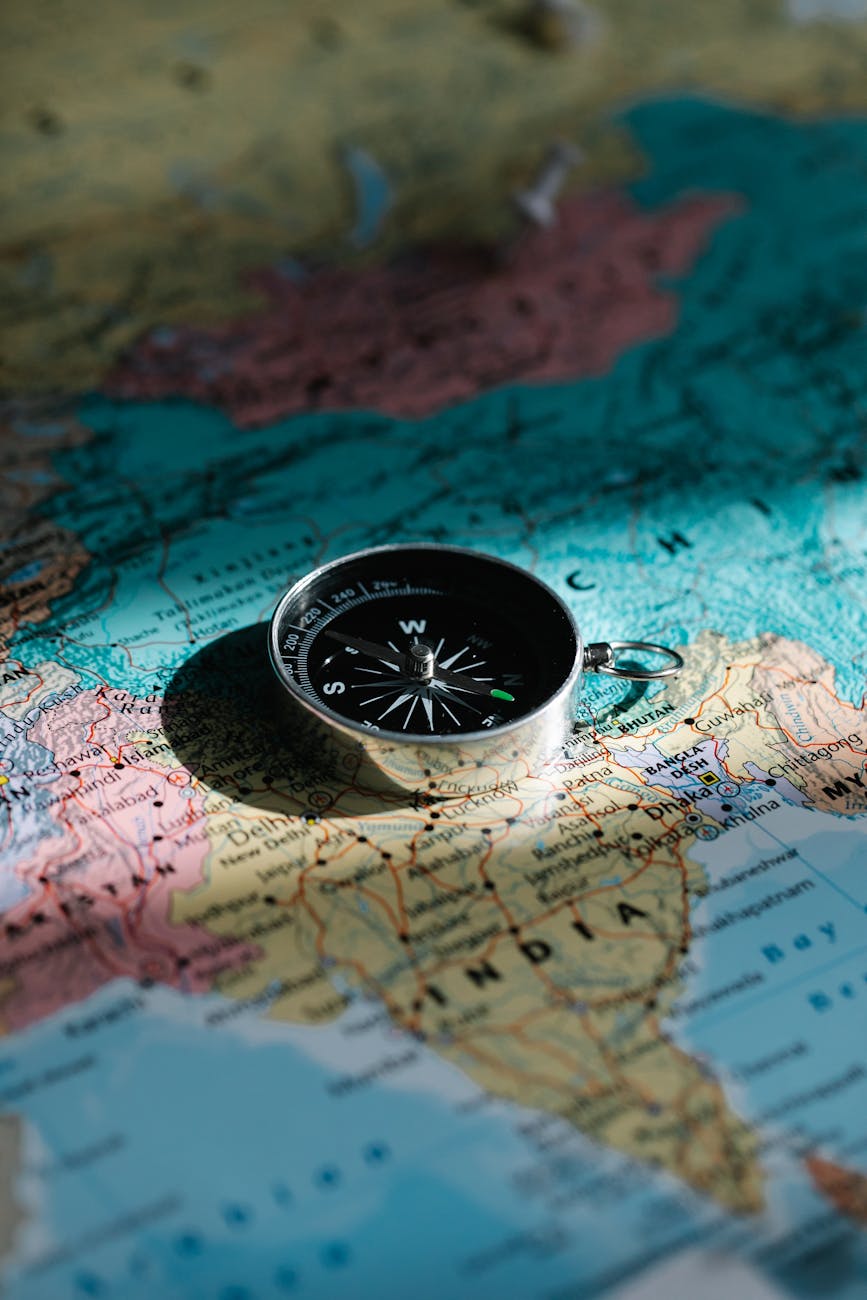🌍 India: World's Most Populous Nation
Over 1.4 Billion People
- India is currently the most populous country globally.
- Its estimated population was 1,450,935,791 in 2024.
- This demographic status significantly impacts global trends in economy and development.


















